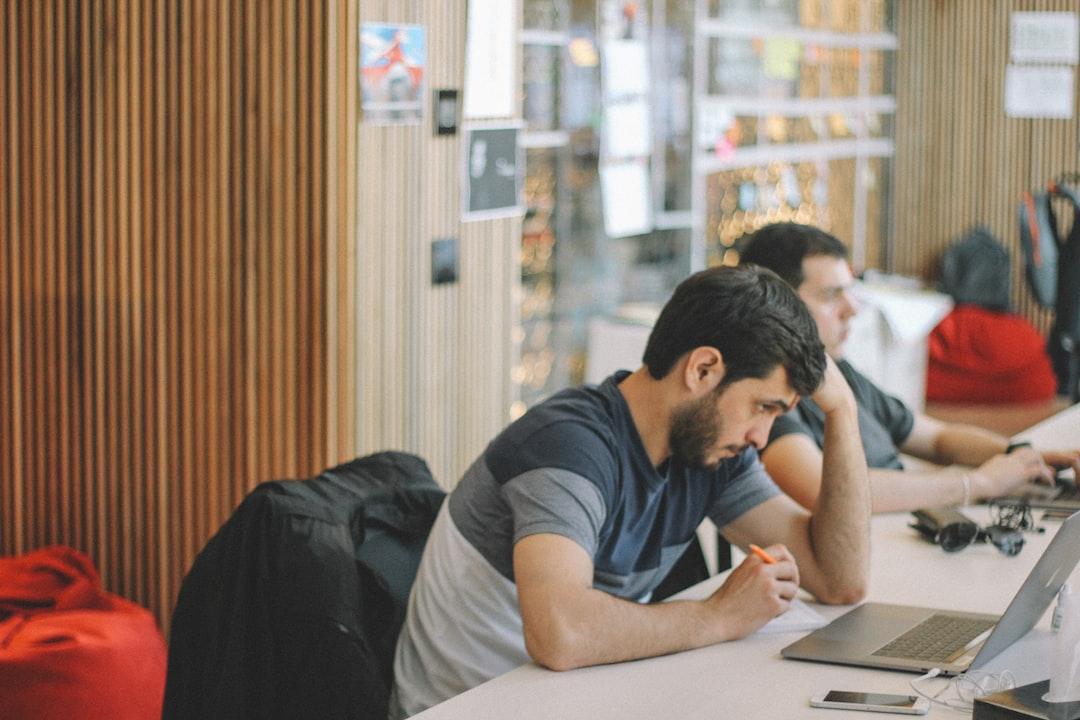Avoiding the Next JPEX: How to Choose a Secure Cryptocurrency Exchange
The JPEX exchange, which faced issues with withdrawal and falsely claimed to be licensed, has been dubbed the “largest financial fraud case in history” by Hong Kong media. Even now, JEPX users are unable to withdraw their cryptocurrencies, leading to significant losses for many Taiwanese individuals.
For newcomers to cryptocurrency investment, choosing a reliable and secure platform in the midst of rampant scams in the crypto world is a major challenge. Especially since cryptocurrencies have not yet received comprehensive government regulation, investors need to exercise caution and spend more time and effort verifying the safety of their chosen exchange to ensure it is trustworthy.
While many people tend to consider exchanges that offer attractive community activities, registration incentives, or a wide selection of coins, the most important aspect is to ensure that their assets can be securely stored within the platform.
This article will introduce four evaluation methods to help investors avoid the next JPEX.
Centralized Exchanges (CEX) and Decentralized Exchanges (DEX)
Cryptocurrency exchanges can be categorized into centralized exchanges (CEX) and decentralized exchanges (DEX). The following will outline the characteristics of these two types of exchanges.
Centralized Exchanges (CEX)
Characteristics:
Similar to traditional banks or securities exchanges, CEXs have a central organization that controls and manages transactions, ensuring the execution of all trades and access to funds.
Advantages:
With a central management authority, CEXs offer user-friendly interfaces and provide customer service support.
Disadvantages:
As CEXs are operated by specific organizations, there is a risk to users’ assets if internal issues, such as misappropriation or internal theft, occur.
Decentralized Exchanges (DEX)
Characteristics:
DEXs do not rely on central management authorities. Transactions are based on blockchain technology, making them public, transparent, and eliminating the need for third-party involvement.
Advantages:
DEXs do not hold users’ funds, giving users 100% control over their assets.
Disadvantages:
DEX user interfaces may not be as intuitive or user-friendly as those of CEXs, and they may have higher barriers to entry.
Four Methods to Verify the Security of an Exchange
Every investor should prioritize the security of their assets. The following are four evaluation methods to help choose a trustworthy centralized exchange.
Method 1: Exchange Ranking and Ratings
As cryptocurrencies still exist in regulatory gray areas in most countries, many small exchanges face difficulties or even disappear due to a lack of transparency or poor fund management. To quickly understand the current situation of globally renowned centralized exchanges, one can refer to CoinMarketCap and CoinGecko, which provide detailed exchange rankings and ratings.
These ratings range from 0 to 10 and are based on factors such as website traffic, trading volume, currency liquidity, the number of listed coins, and reports on the authenticity of transactions. Currently, exchanges such as Binance, Coinbase, Kraken, Bybit, and OKX have received higher ratings on these platforms.
Method 2: Proof of Reserves (PoR)
Proof of Reserves (PoR) aims to prove that an exchange or other financial custody platform has sufficient funds to meet users’ withdrawal requests and ensure the safety and transparency of user funds. PoR ensures that the exchange’s liabilities (user deposits) match its assets (held token amounts) to reduce the risk of unexpected situations or emergencies.
In 2022, FTX, which was once a leading exchange, suddenly collapsed because its reserve funds were far from sufficient to meet users’ large-scale withdrawal demands, leading to a phenomenon known as a “bank run.” To rebuild market confidence, many well-known exchanges have started taking measures to prove their financial soundness, including implementing PoR. Apart from regularly published reserve audit reports by exchanges, tools like Gecko Terminal can be used to check an exchange’s fund status.
Method 3: Secure Asset Fund for Users (SAFU)
In the event of unforeseen incidents, such as system failures, hacking attacks, or other unexpected factors in centralized exchanges, the previously established insurance funds act as a buffer to help users and the exchange itself minimize losses. For example, Binance established a well-known User Asset Protection Fund in 2018, which is currently valued at 1 trillion US dollars. This fund is stored on the blockchain and can be accessed by users at any time.
In 2019, when Binance suffered a hack and lost 7,000 bitcoins, they quickly activated the SAFU fund to compensate for over $40 million in losses, demonstrating their commitment to protecting customer assets. Other exchanges, such as Bitget, also have similar investor protection funds.
Method 4: Possession of Regulatory Licenses
For most users, the possession of regulatory licenses by an exchange is usually a key indicator of trustworthiness. This is because licenses represent that the exchange has undergone rigorous scrutiny by specific countries or regions and complies with local laws and regulations. It also ensures that users’ deposits and withdrawals are conducted within a legal framework.
It is important to note that regulatory standards and issued licenses differ across countries. For example, the United States has NMLS and MTL financial remittance licenses, the European Union provides licenses for Virtual Asset Service Providers (VASPs), and Japan has licenses for digital currencies issued by the Financial Services Agency (FSA).
In Taiwan, there are currently no specific regulations for cryptocurrency exchanges. To operate a cryptocurrency exchange, apart from complying with the Anti-Money Laundering Act by establishing customer identification (KYC) and transaction monitoring systems (TMS) to prevent money laundering and terrorist financing activities, exchanges also need to apply for an experimental license under the Financial Technology Development and Innovation Experiment Act from the Financial Supervisory Commission.
Proofread by: Gao Jingyuan

